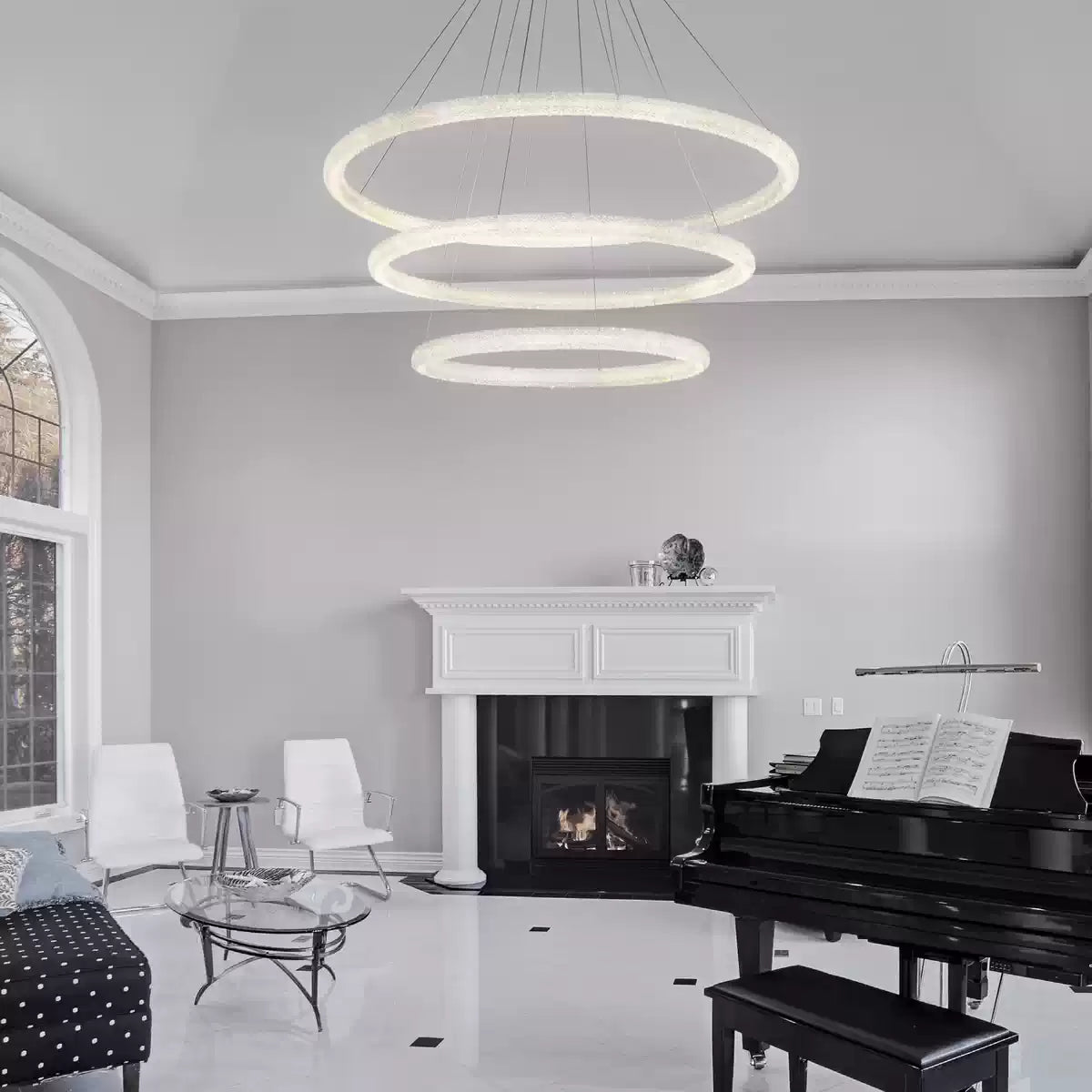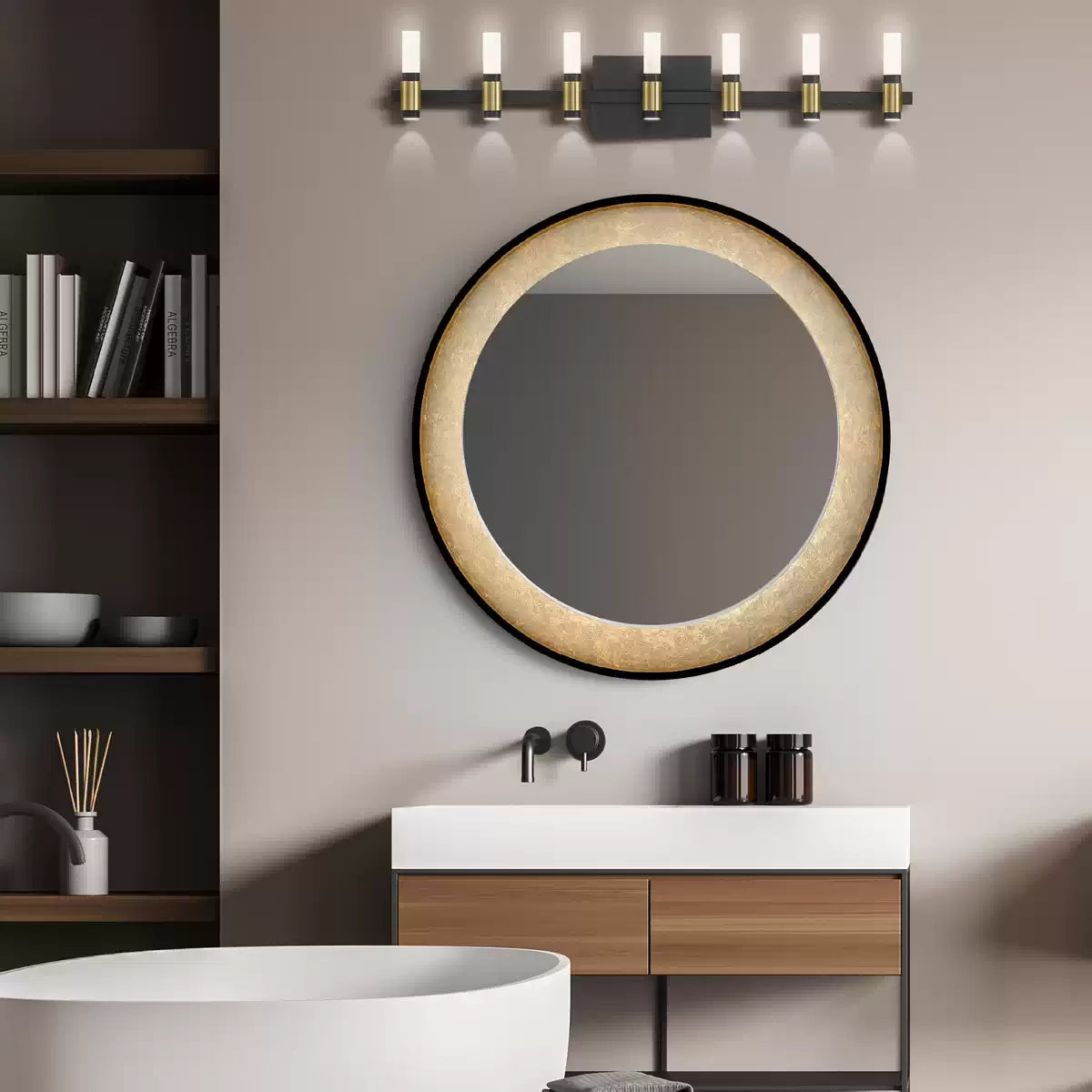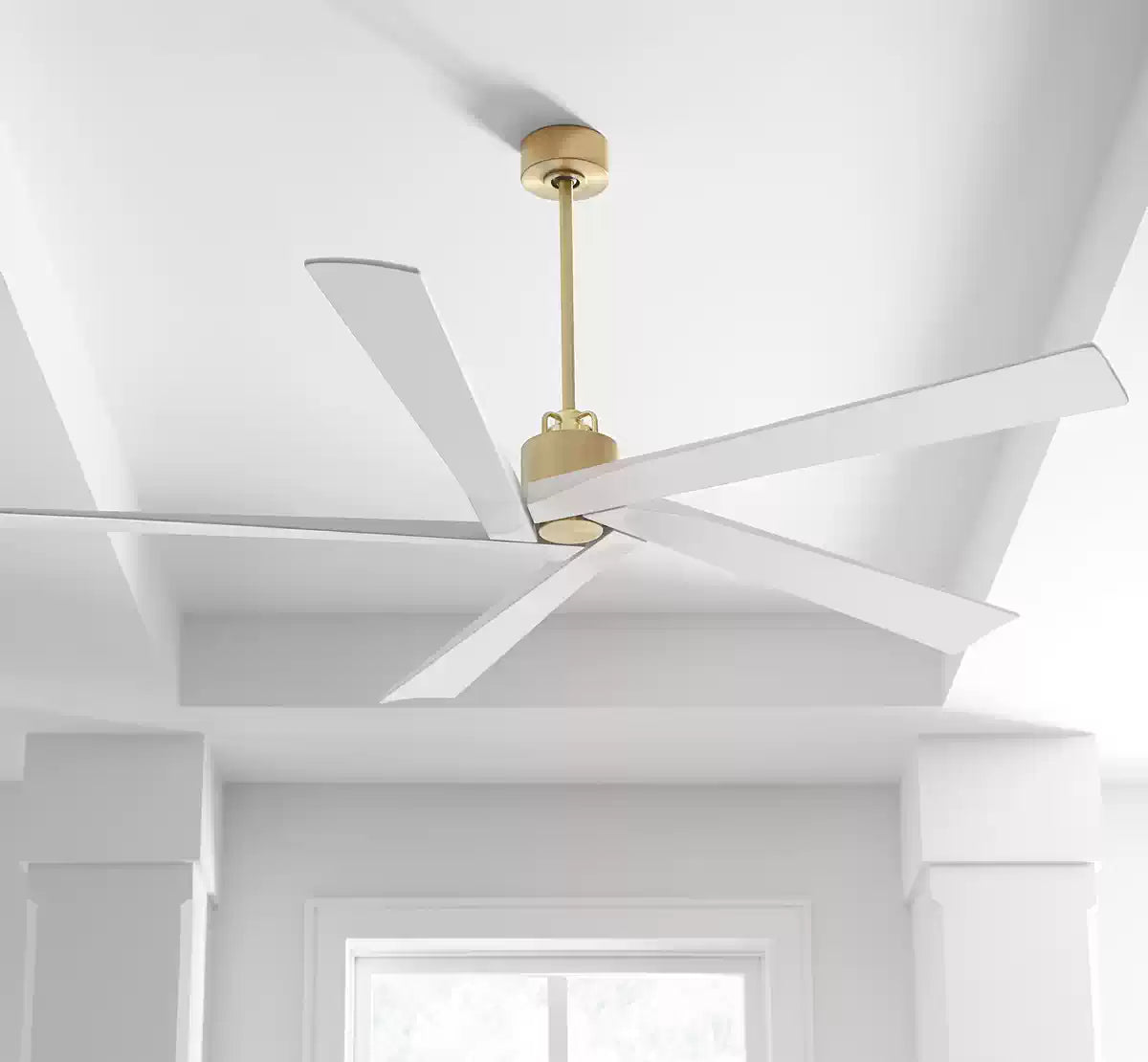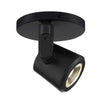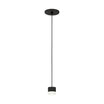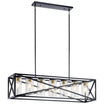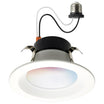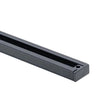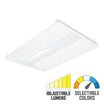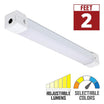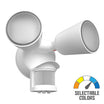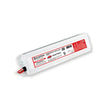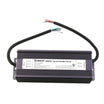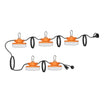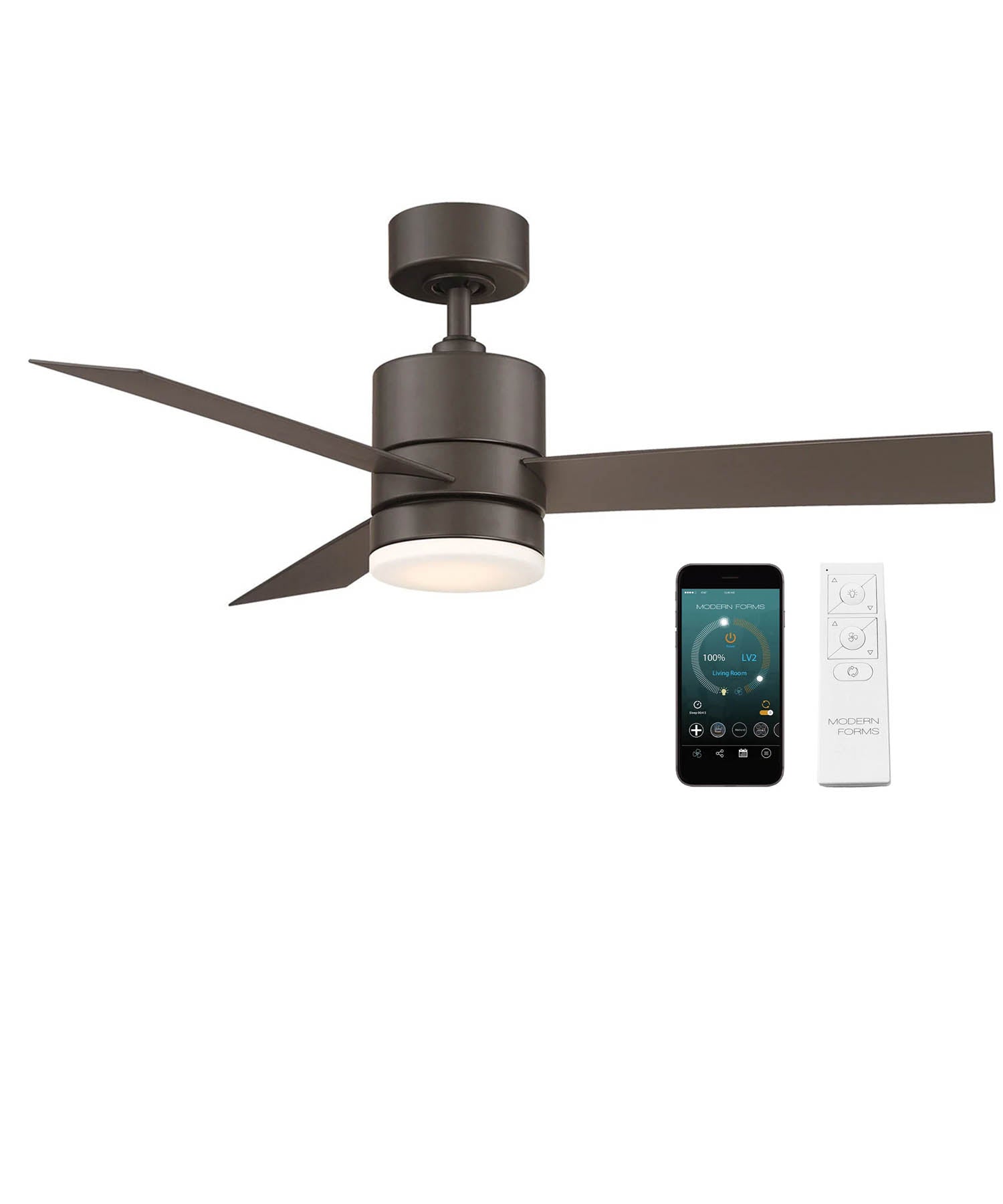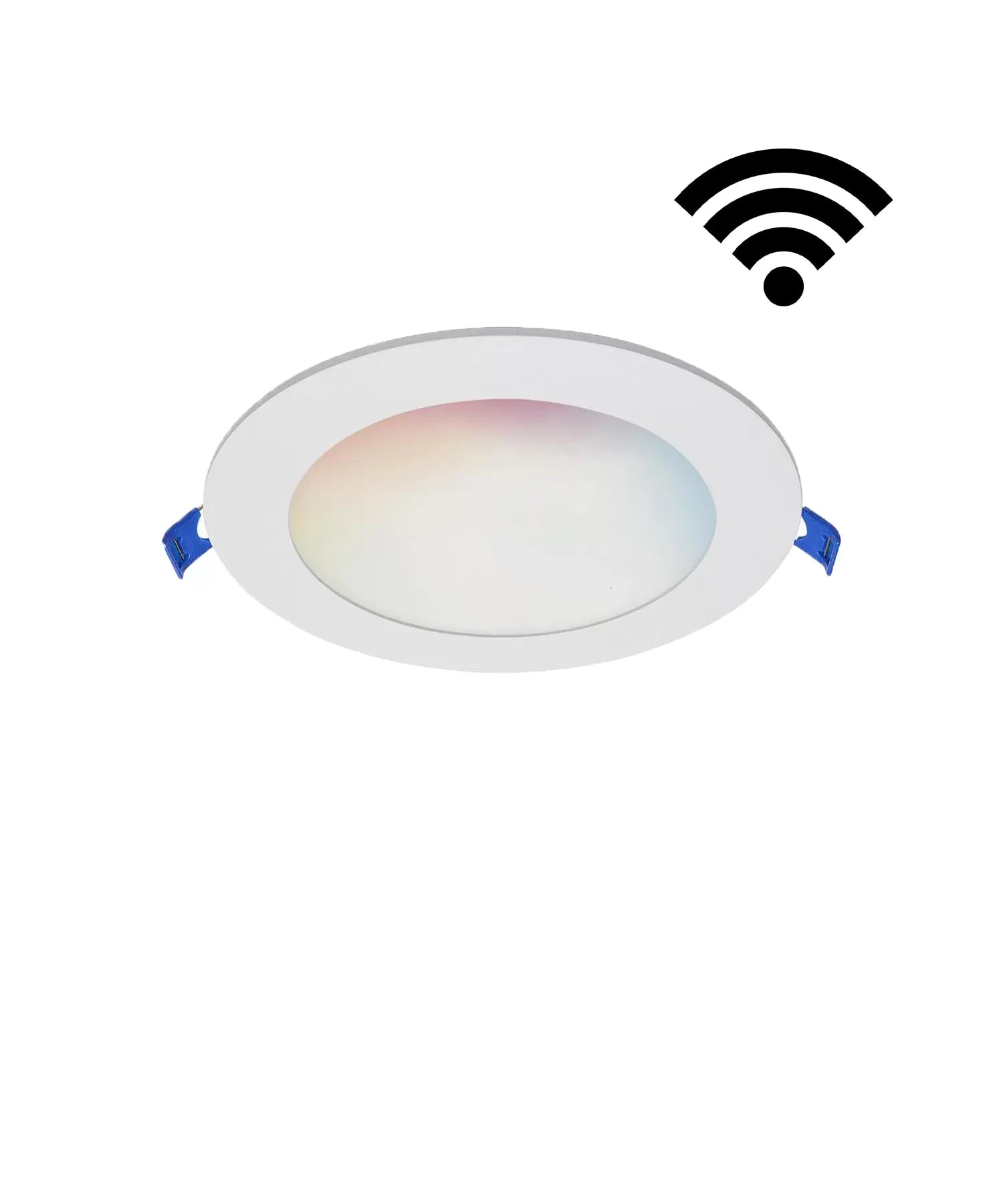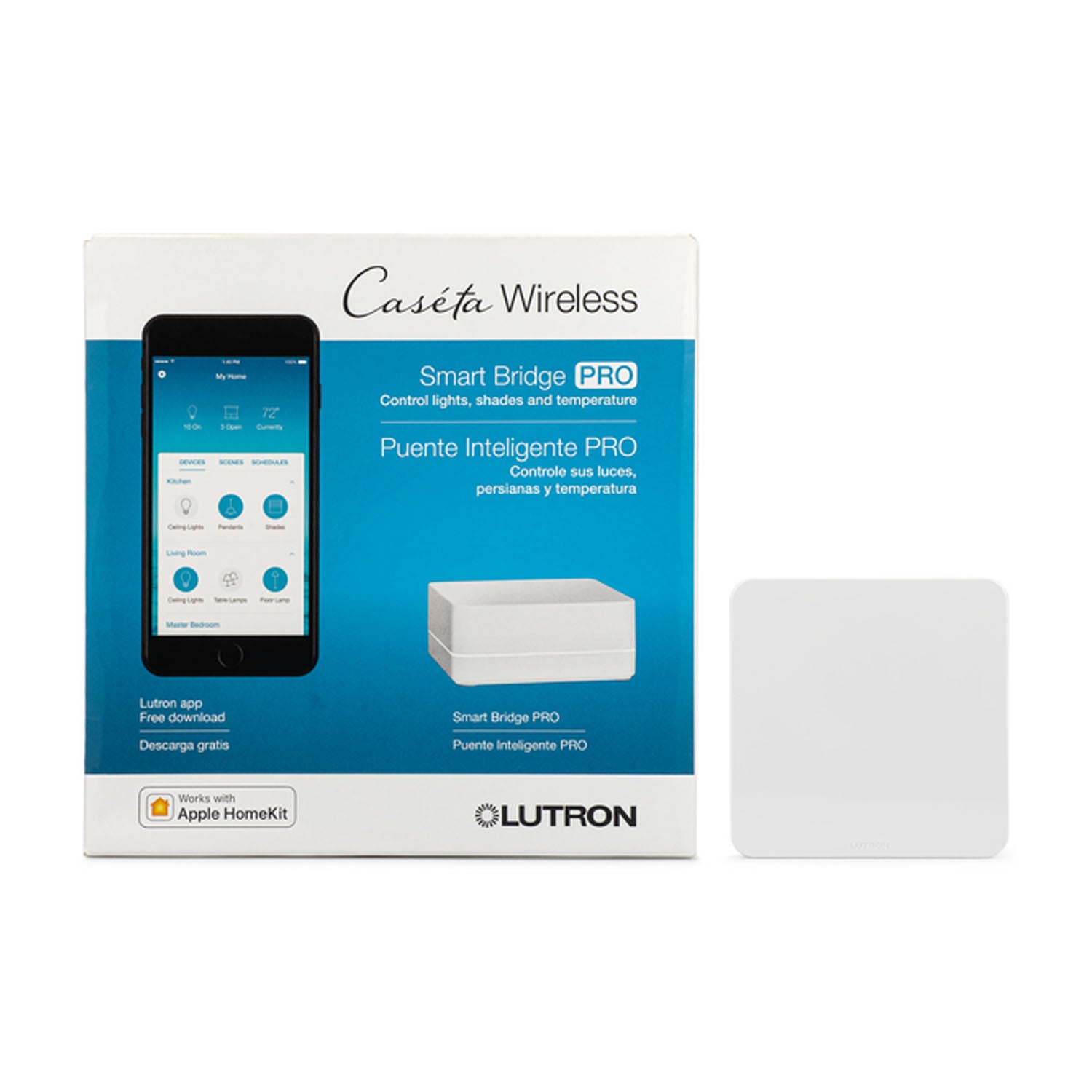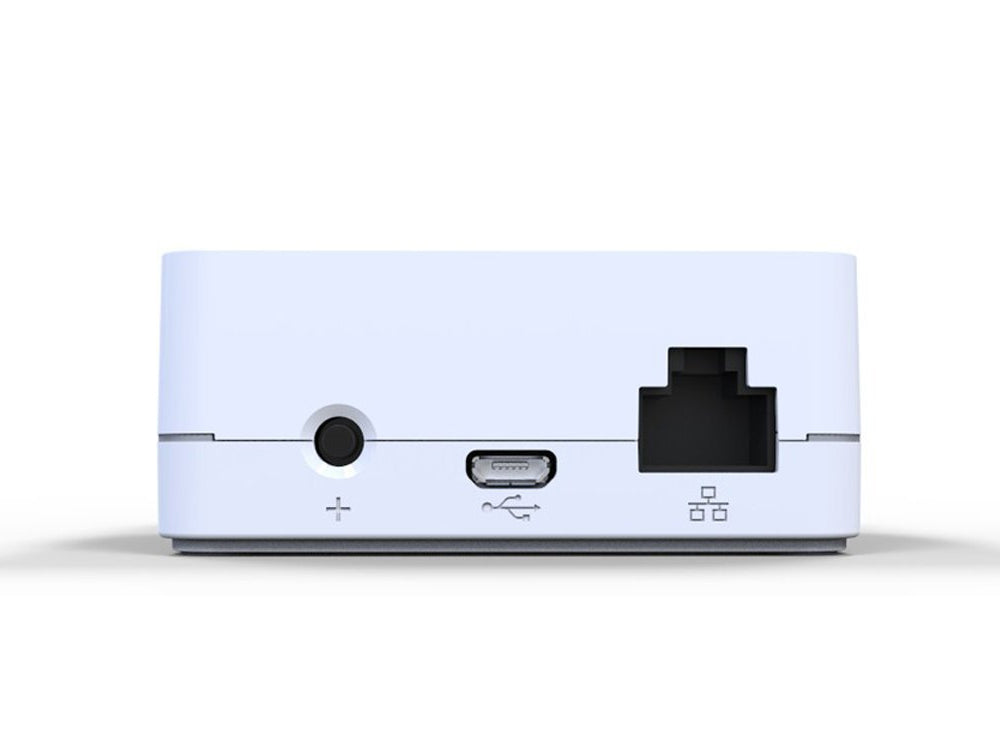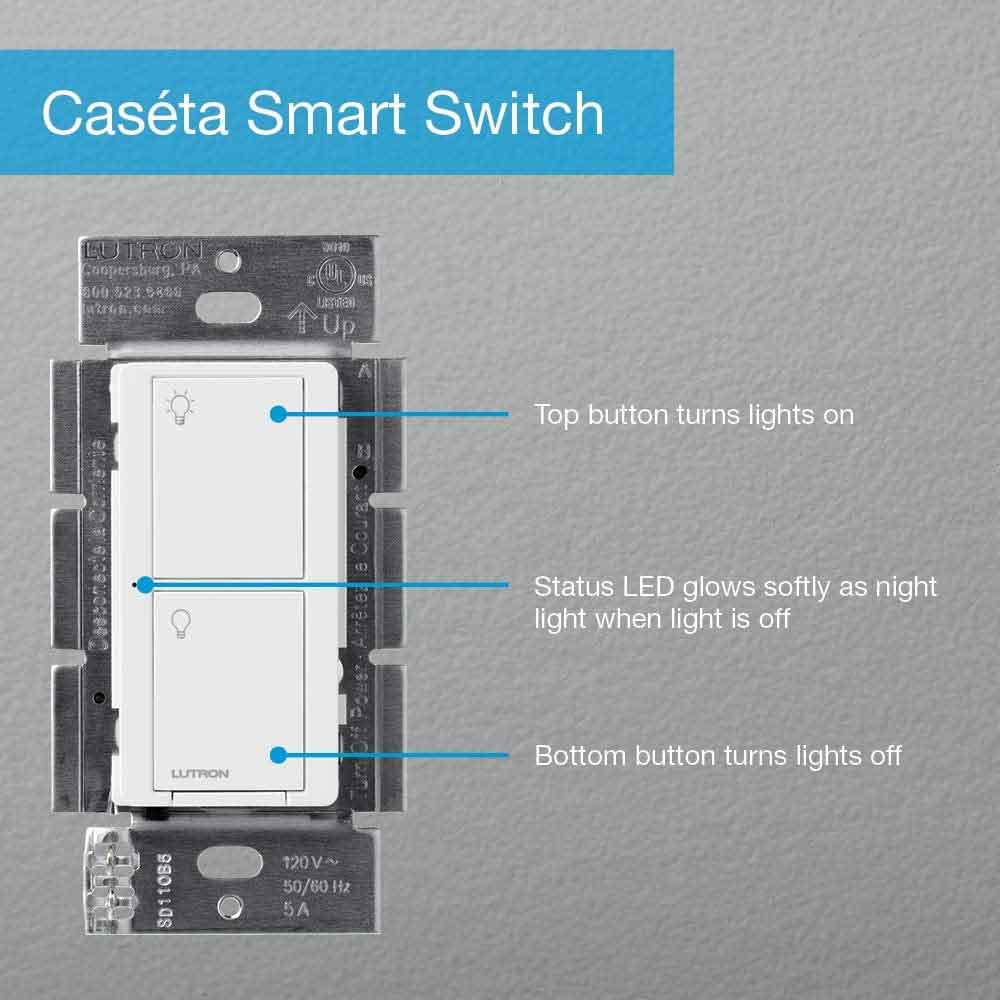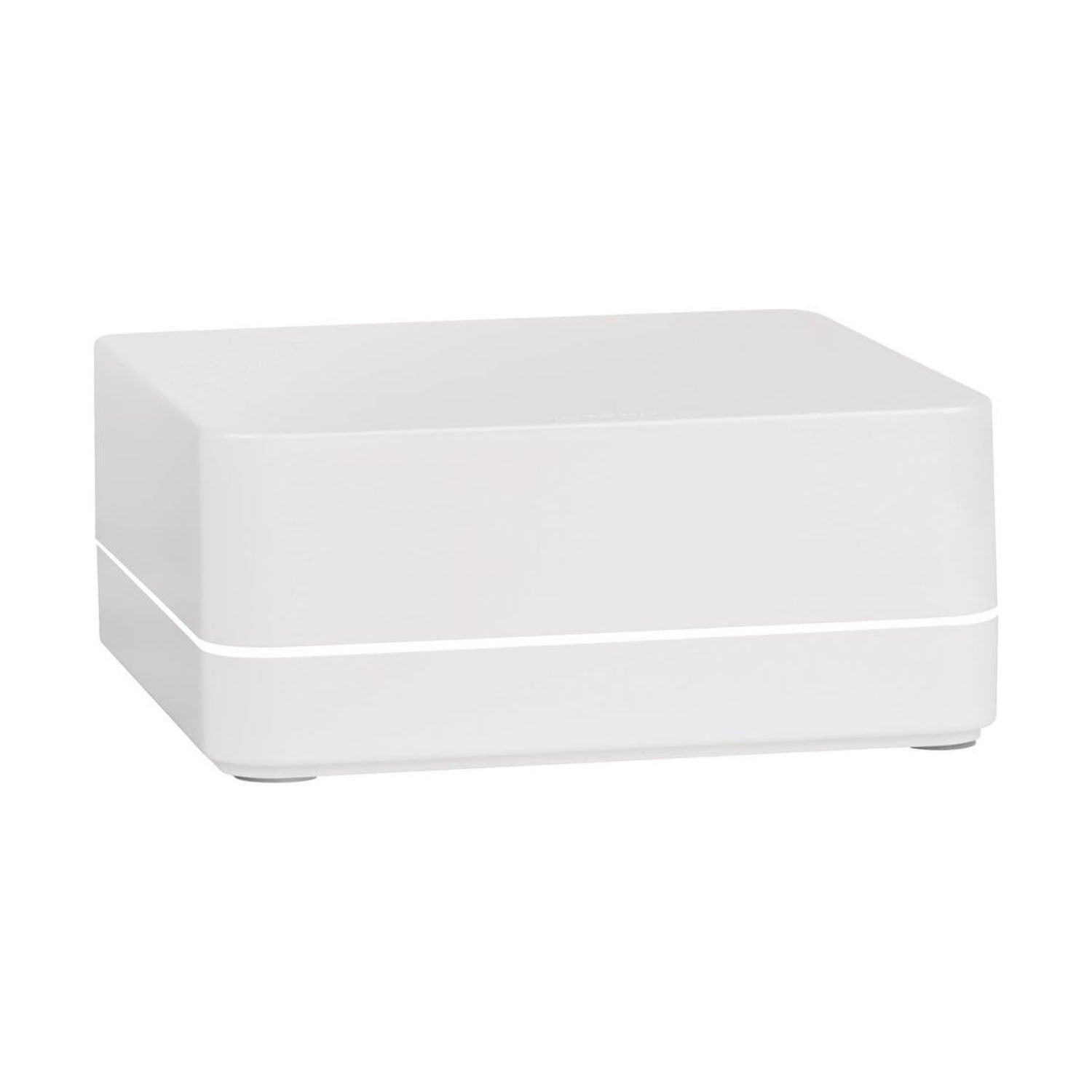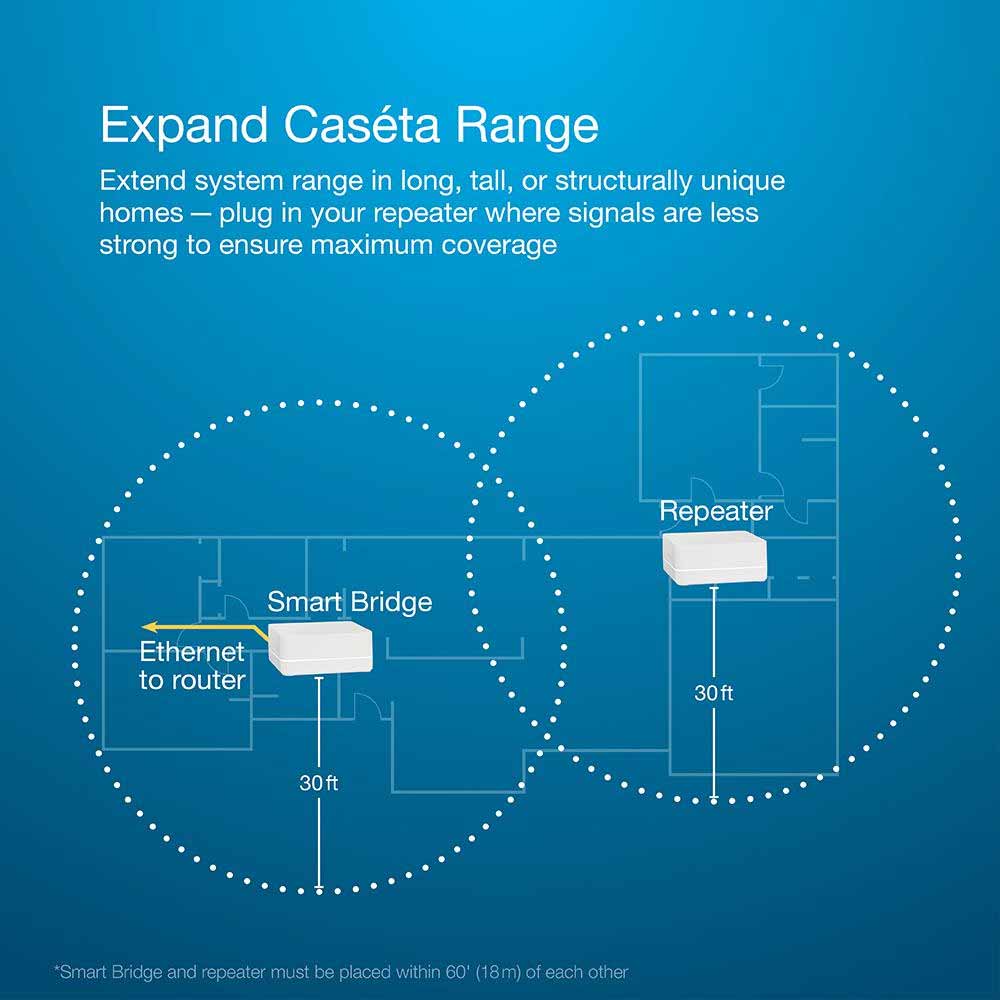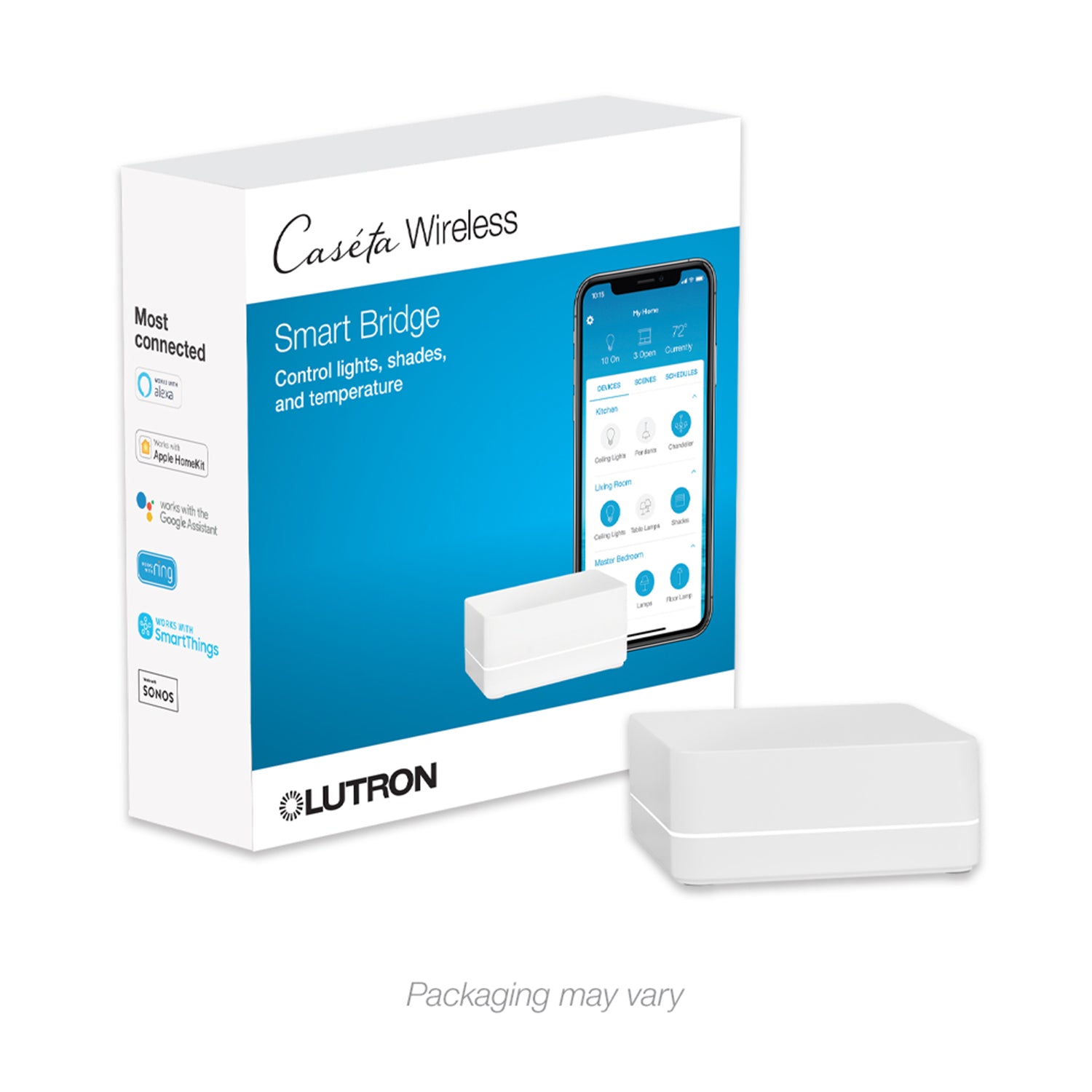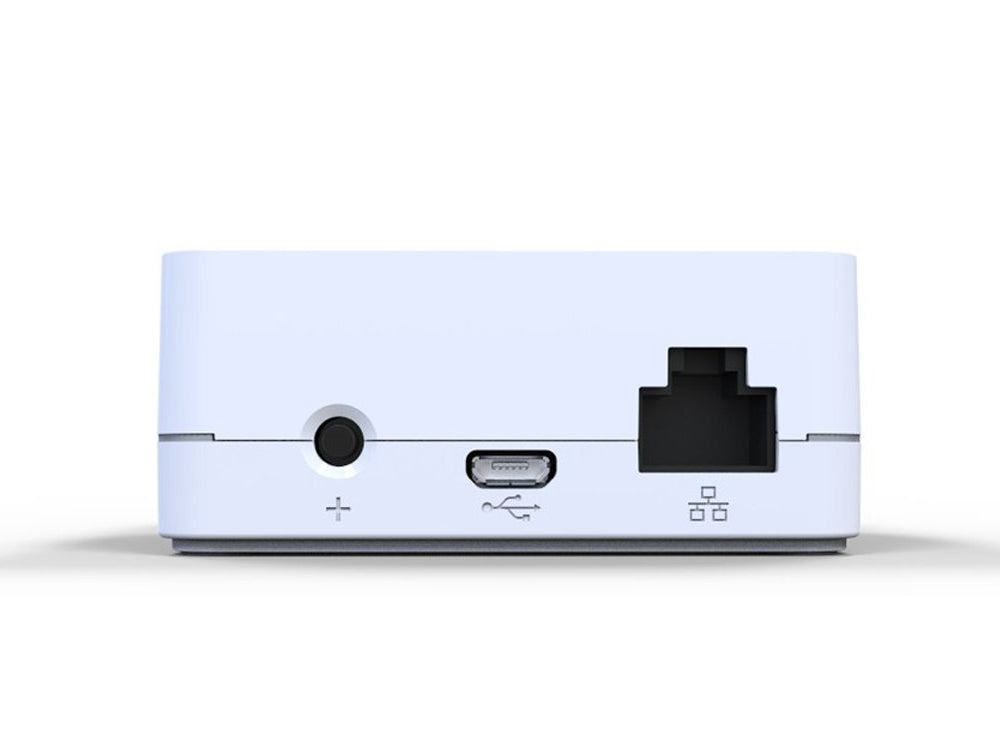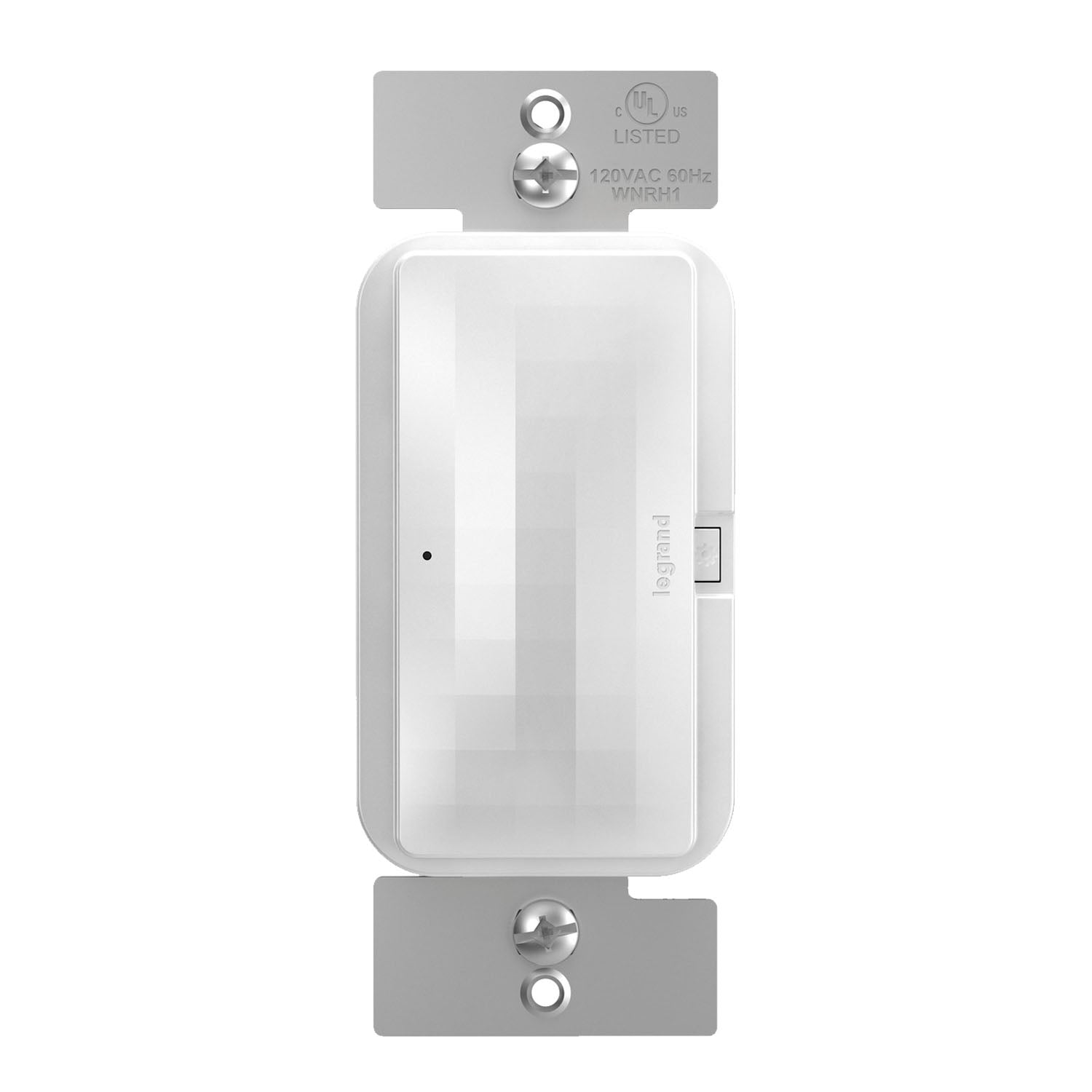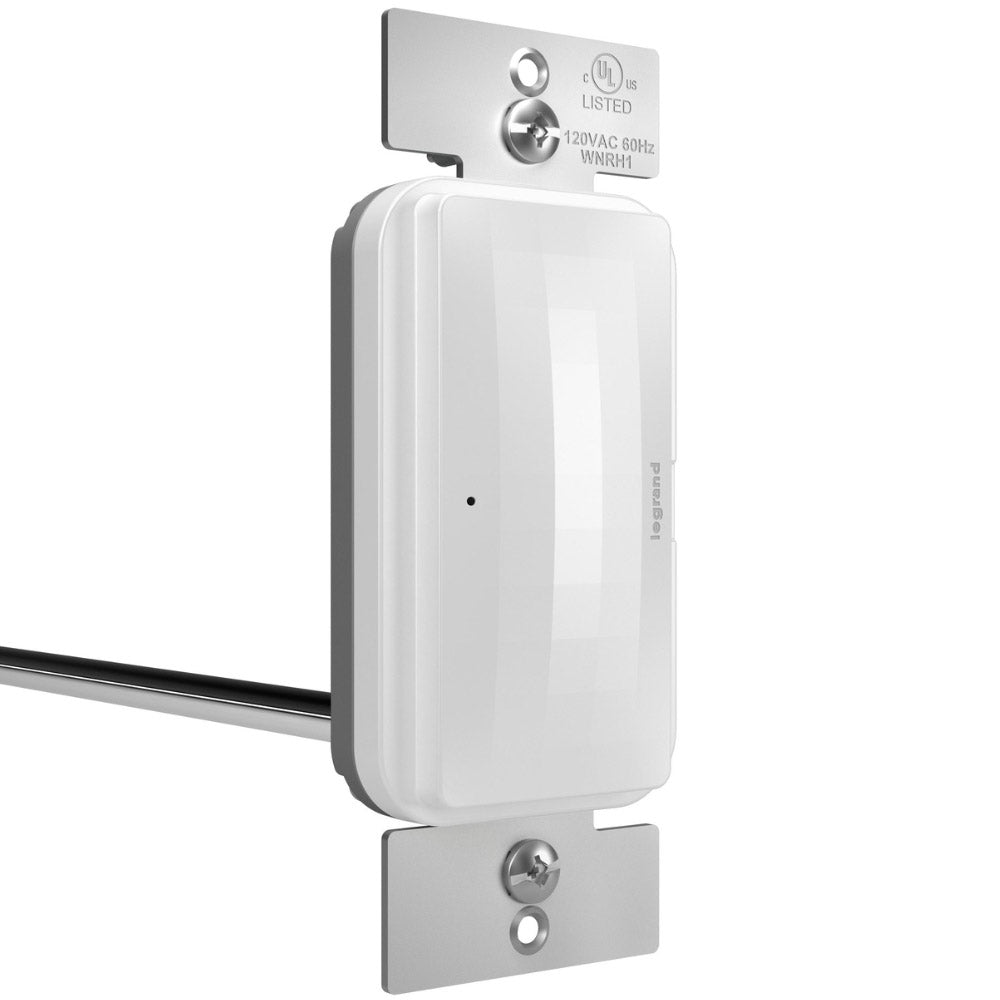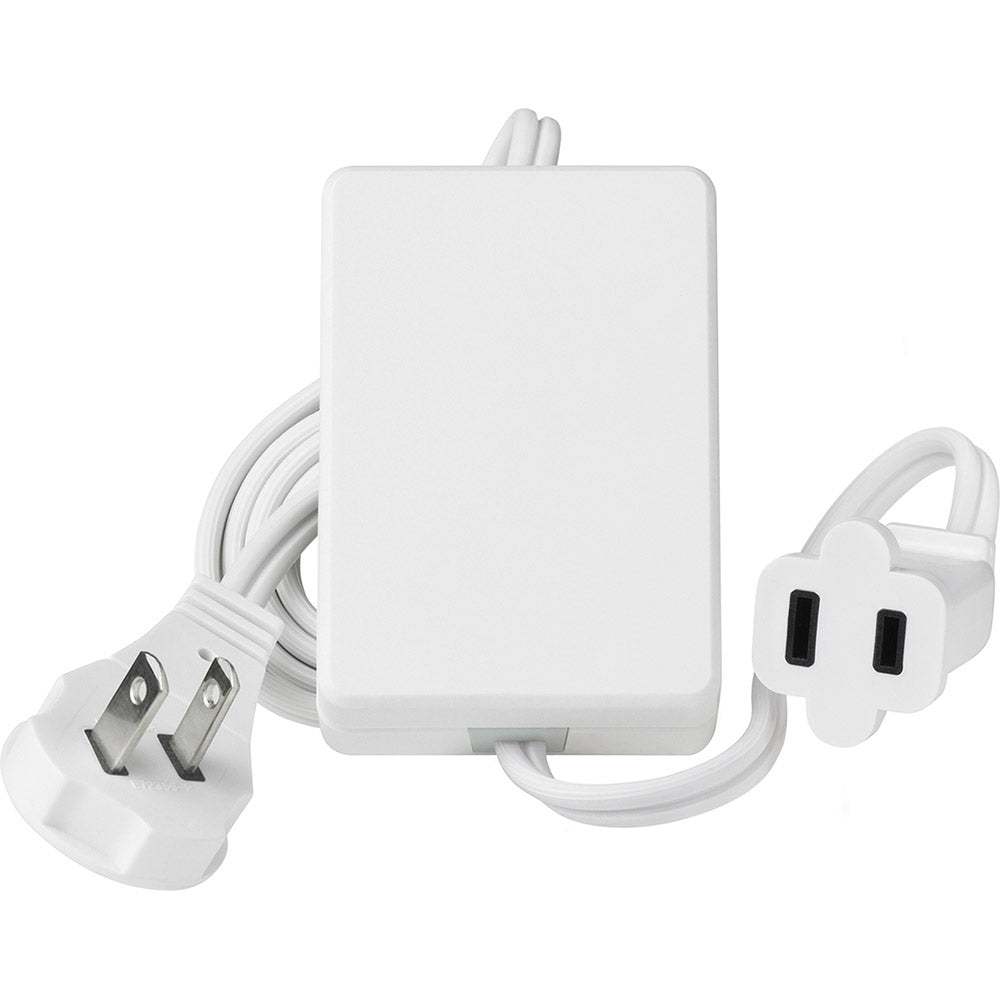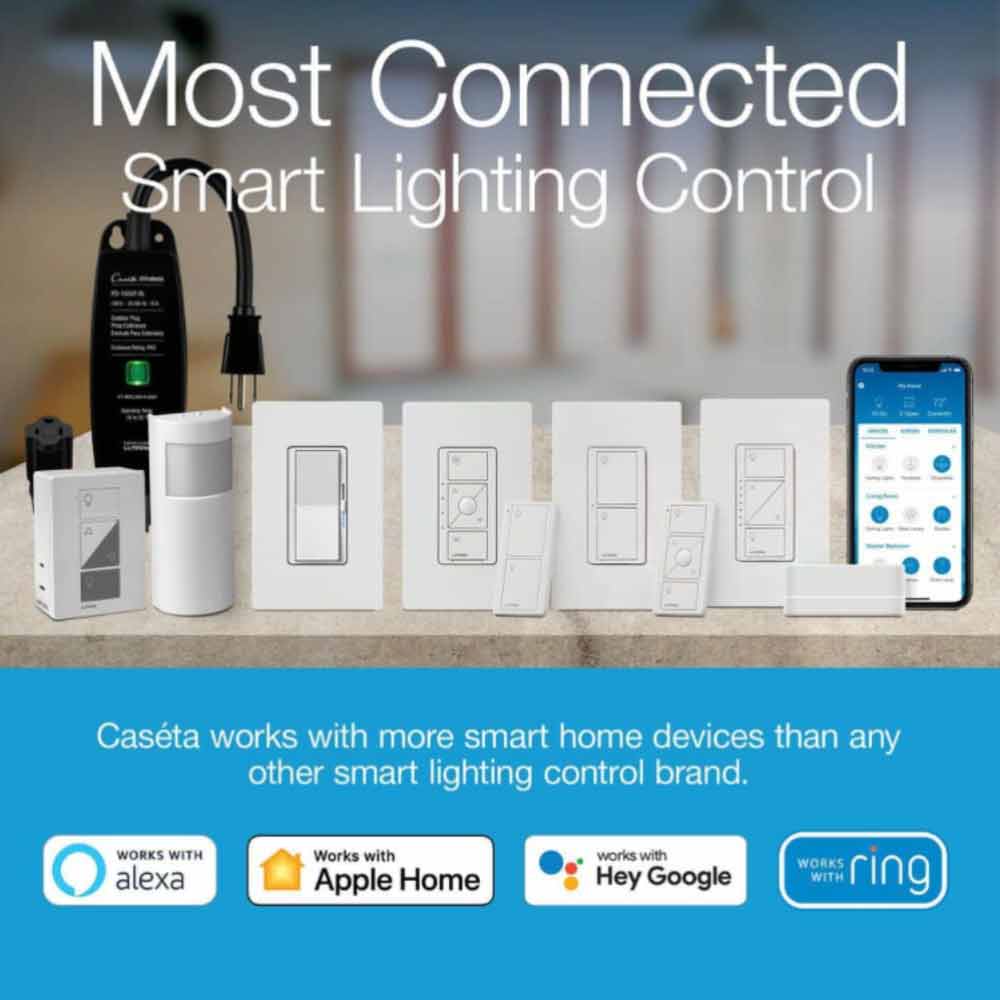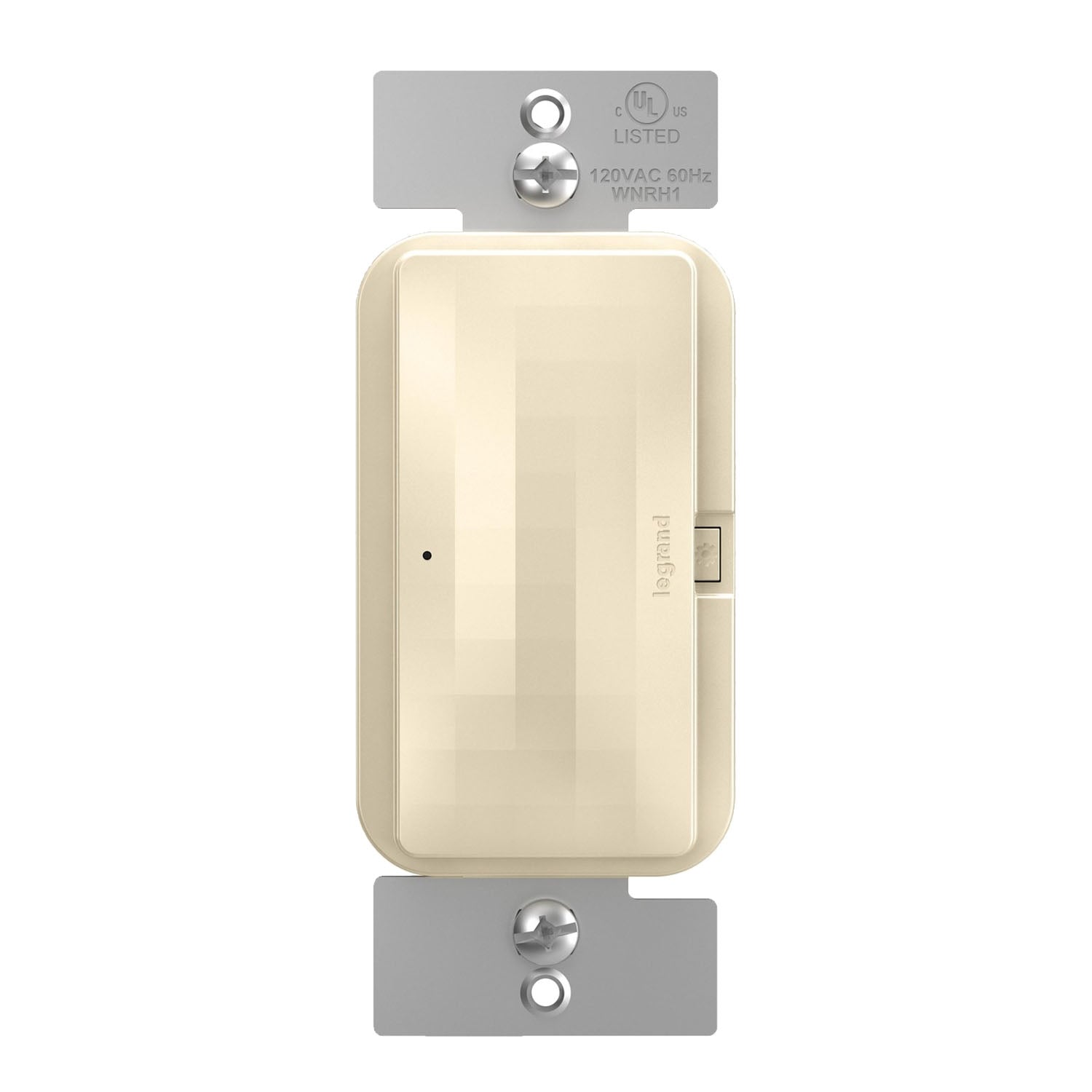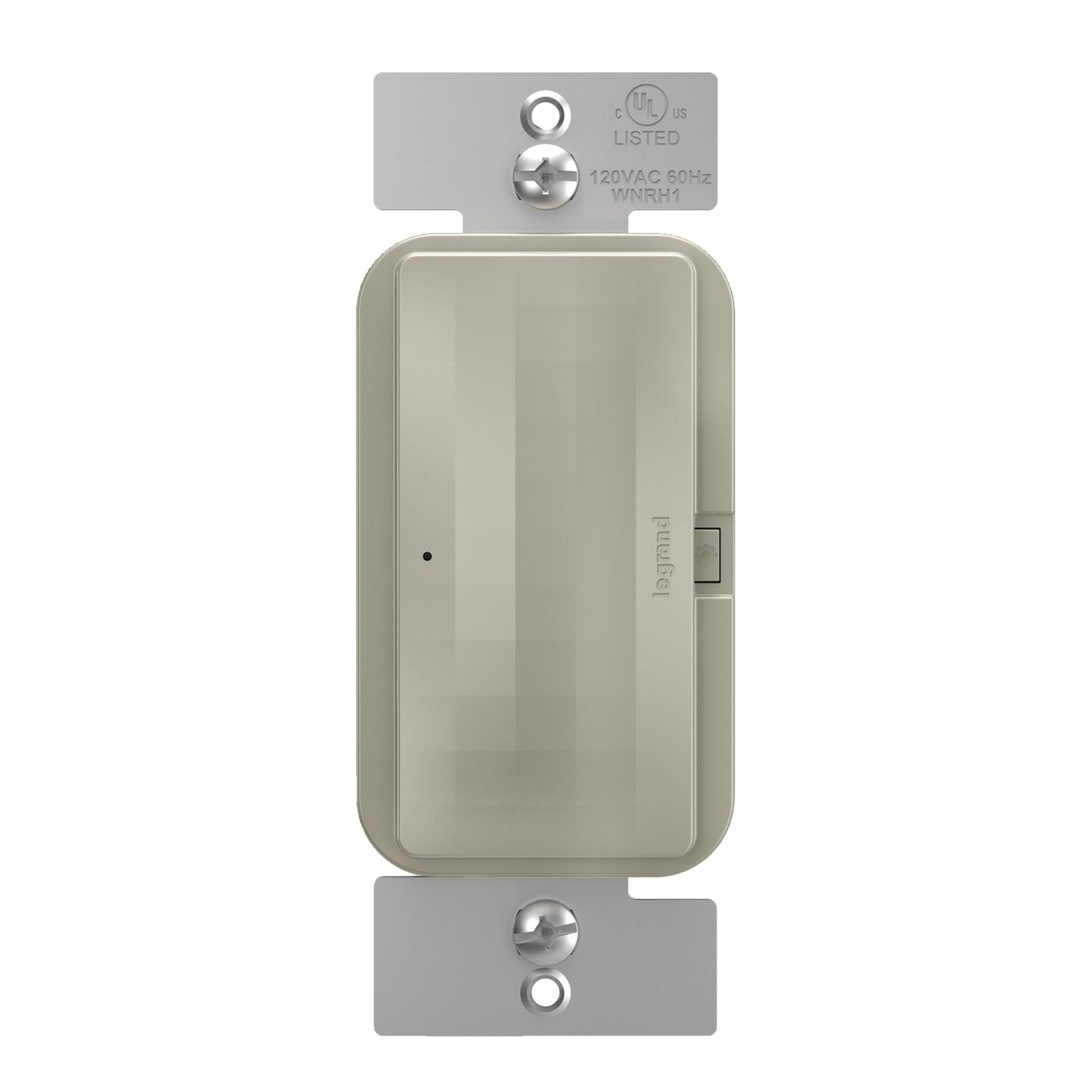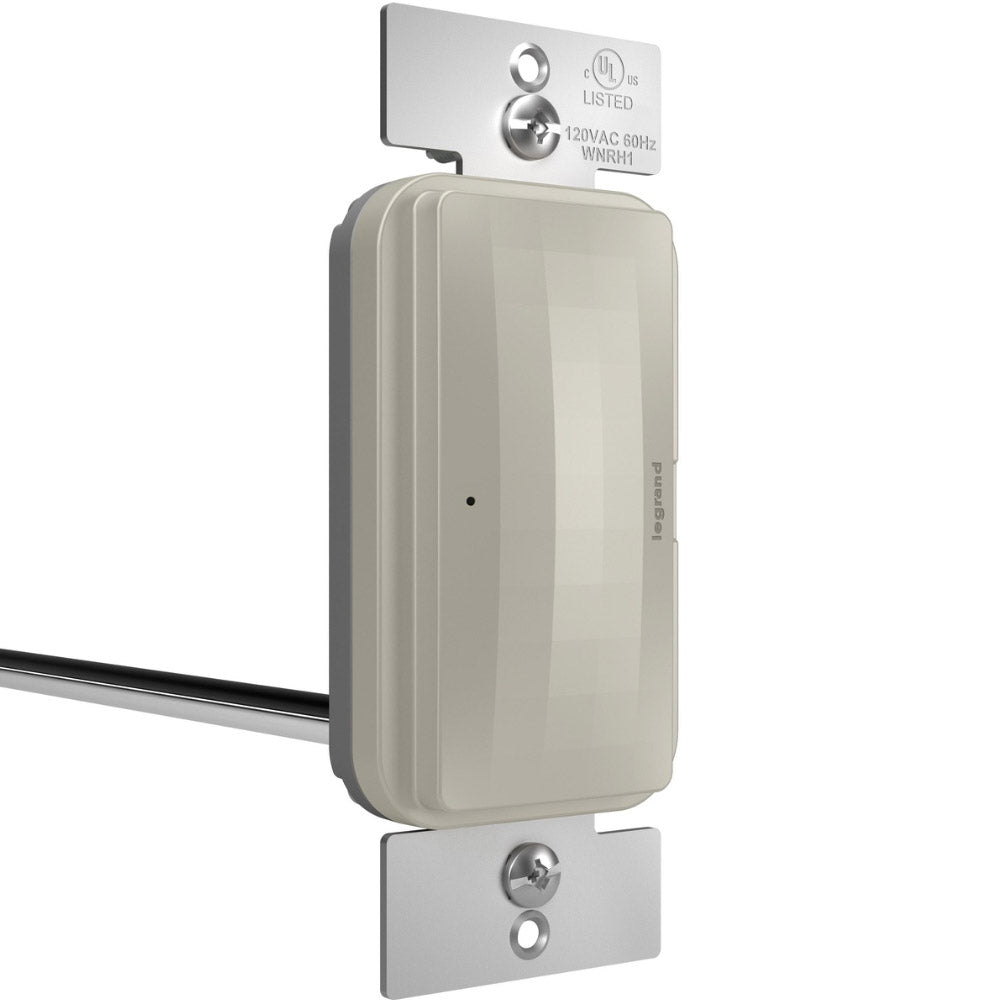Smart Home
Top Sellers from Smart Home
The primary goal of a smart home is to enhance the quality of life by providing homeowners with increased control and automation. With the use of smart devices and systems, homeowners can manage various aspects of their homes, such as lighting, temperature, security, and entertainment, all from the convenience of their smartphones or other connected devices.
Benefits of having a smart home
There are numerous benefits to transforming your home into a smart home. One of the most significant advantages is increased convenience. With a smart home, you can control and automate various tasks and functions, such as turning on/off lights, adjusting the thermostat, or even starting your coffee maker, all with a simple voice command or a tap on your smartphone.
Another benefit of a smart home is enhanced security. Smart home systems offer advanced security features such as remote monitoring, motion sensors, and smart locks, providing homeowners with peace of mind and a heightened sense of security. You can receive real-time alerts and access live video feeds from security cameras, allowing you to keep an eye on your home even when you are away.
Moreover, a smart home can help you save energy and reduce your carbon footprint. Smart devices, such as smart thermostats and smart lighting systems, can automatically adjust settings based on your preferences and occupancy, resulting in energy-efficient operation. This not only helps you save money on your utility bills but also contributes to a more sustainable environment.
Key components of a smart home
To create a smart home, you need to consider various key components that will form the foundation of your intelligent living space. These components include smart lighting, smart devices, and smart home systems.
Smart lighting: Transforming your space with intelligent lighting systems
Smart lighting is one of the fundamental components of a smart home. With smart lighting systems, you can control the brightness, color, and timing of your lights, creating personalized lighting scenes to suit different moods or activities. Whether you want to dim the lights for a cozy movie night or brighten up your space for a productive work session, smart lighting can effortlessly transform your living space.
Smart lighting systems often offer additional features such as motion sensors and scheduling capabilities. Motion sensors can detect movement and automatically turn on the lights, providing convenience and energy savings. Scheduling allows you to program your lights to turn on and off at specific times, even when you are not at home, giving the illusion of occupancy and enhancing security.
Smart devices: Enhancing convenience and control with connected gadgets
Smart devices are another crucial component of a smart home. These devices include smart thermostats, smart speakers, smart appliances, and more. Smart thermostats, for example, provide precise temperature control and can learn your preferences over time, adjusting the climate in your home to optimize comfort and energy efficiency.
Smart speakers, such as Amazon Echo or Google Home, act as central hubs for controlling various smart devices in your home. With voice commands, you can play music, check the weather, control your smart lights, and even order groceries. Smart appliances, on the other hand, offer increased convenience and automation in tasks such as cooking, cleaning, and laundry.
Smart home systems: Managing and automating your home with central control hubs
Smart home systems serve as central control hubs that integrate and manage various smart devices in your home. These systems provide a unified interface or mobile app from which you can control and monitor all connected devices. They enable you to create automation routines and scenarios, allowing multiple devices to work together seamlessly.
For example, you can create an automation routine that turns off all lights, adjusts the thermostat, and locks the doors when you leave home. Or, you can set up a scenario that automatically turns on the lights, opens the blinds, and plays your favorite playlist when you wake up in the morning. Smart home systems give you the flexibility to customize and personalize your home automation according to your preferences and lifestyle.
Choosing the right smart home products for your needs
When it comes to choosing the right smart home products for your needs, it is essential to consider factors such as compatibility, functionality, and ease of use. With a wide range of options available in the market, it can be overwhelming to make the right decision. However, by understanding your requirements and conducting thorough research, you can select the products that best suit your lifestyle and preferences.
Start by identifying the specific areas or functions in your home that you want to automate or control. For example, if you prioritize energy efficiency, you might want to invest in smart lighting systems, smart thermostats, and energy monitoring devices. If security is your top concern, consider smart locks, security cameras, and motion sensors. Make a list of the features and capabilities that are important to you, and then compare different products based on these criteria.
Additionally, check for compatibility with your existing devices and systems. Some smart home products might require a specific hub or platform to operate, while others are more versatile and can integrate with multiple platforms. It is also advisable to read customer reviews and ratings to get insights into the performance and reliability of the products you are considering. By taking these steps, you can ensure that you choose the right smart home products that align with your needs and preferences.
The future of smart homes: Emerging trends and innovations
As technology continues to evolve rapidly, the future of smart homes looks promising. Several emerging trends and innovations are shaping the future of intelligent living spaces.
One such trend is the increasing integration of artificial intelligence (AI) and machine learning into smart home systems. AI-powered devices can learn from user behavior and adapt to their preferences, making the automation and control of smart homes even more intuitive and personalized. For example, AI algorithms can analyze data from various sensors and devices to optimize energy consumption and adjust settings automatically.
Another trend is the rise of voice control and natural language processing. Voice assistants, such as Amazon Alexa and Google Assistant, have become increasingly popular, allowing users to control their smart devices through voice commands. As voice recognition technology advances, it is expected to become even more accurate and capable, enabling seamless interaction with smart home systems.
Furthermore, the Internet of Things (IoT) is playing a crucial role in the development of smart homes. IoT refers to the network of interconnected devices and systems that can communicate and exchange data. This connectivity allows for enhanced automation, remote control, and monitoring capabilities. As the number of IoT devices continues to grow, the possibilities for smart home integration and functionality will expand exponentially.
Creating a smart home is an exciting journey that can transform your living space into a modern, convenient, and efficient environment. By incorporating smart lighting, smart devices, and smart home systems, you can enhance control, convenience, security, and energy efficiency in your home. Remember to choose the right smart home products that align with your needs and preferences, and stay updated with the latest trends and innovations in the field of smart homes. Embrace the power of cutting-edge technology and enjoy the benefits of a truly intelligent living space.
Have a question? We are here to help.
Check out the most common questions our customers asked. Still have questions? Contact our customer support.

How do I report damaged or defective items?
If your item is damaged or defective, we will resolve the issue if reported within 15 days of delivery. We may ask for photos of the damage or for the item to be returned. Login to your account and request a return. My Account
How to return this product?
Returns are easy and seamless. The process to return items may vary depending on how they arrived. Most items can be returned within 60 days of delivery. To start a return, visit the Orders section of My Account.
How to I track my order?
Login to your account and visit my Orders section.
Your order is important to us, feel free to call us to chat with us for any order inquiry.
Do you offer return or exchange?
If you are unsatisfied with a purchase, you can return it within 60 days. Restocking fees do not apply to regular stock items under $5000, but special order items may have up to a 30% restocking fee.
What is your return policy?
We have a 60-day return policy with no restocking fee for regular stock items under $5000. Special order items can be returned or canceled, but may incur a restocking fee of up to 30%.see details
How much time it will take for delivery?
For quick ship product, we ship same day before the 1pm cut off time. Shipping dates for products fulfilled from suppliers or special orders will be listed on each item. See each product for details.
How can I contact customer support?
Our customer care team is available Monday through Friday from 8am to 5pm PST. You can also reach us after hours using the chat to open tickets, and we will respond promptly.
Your business is important to us!



